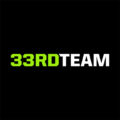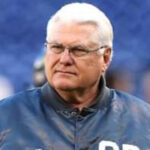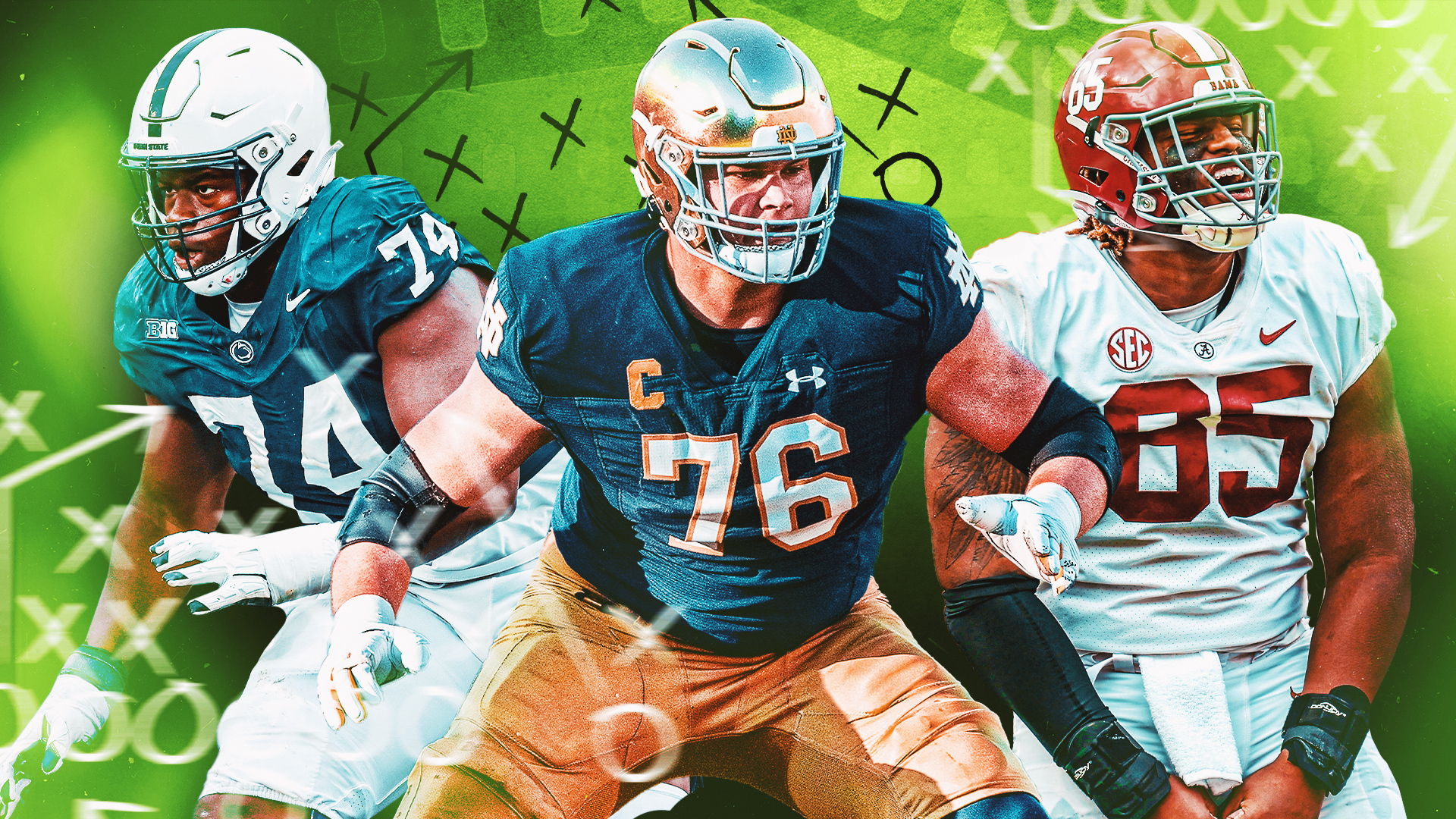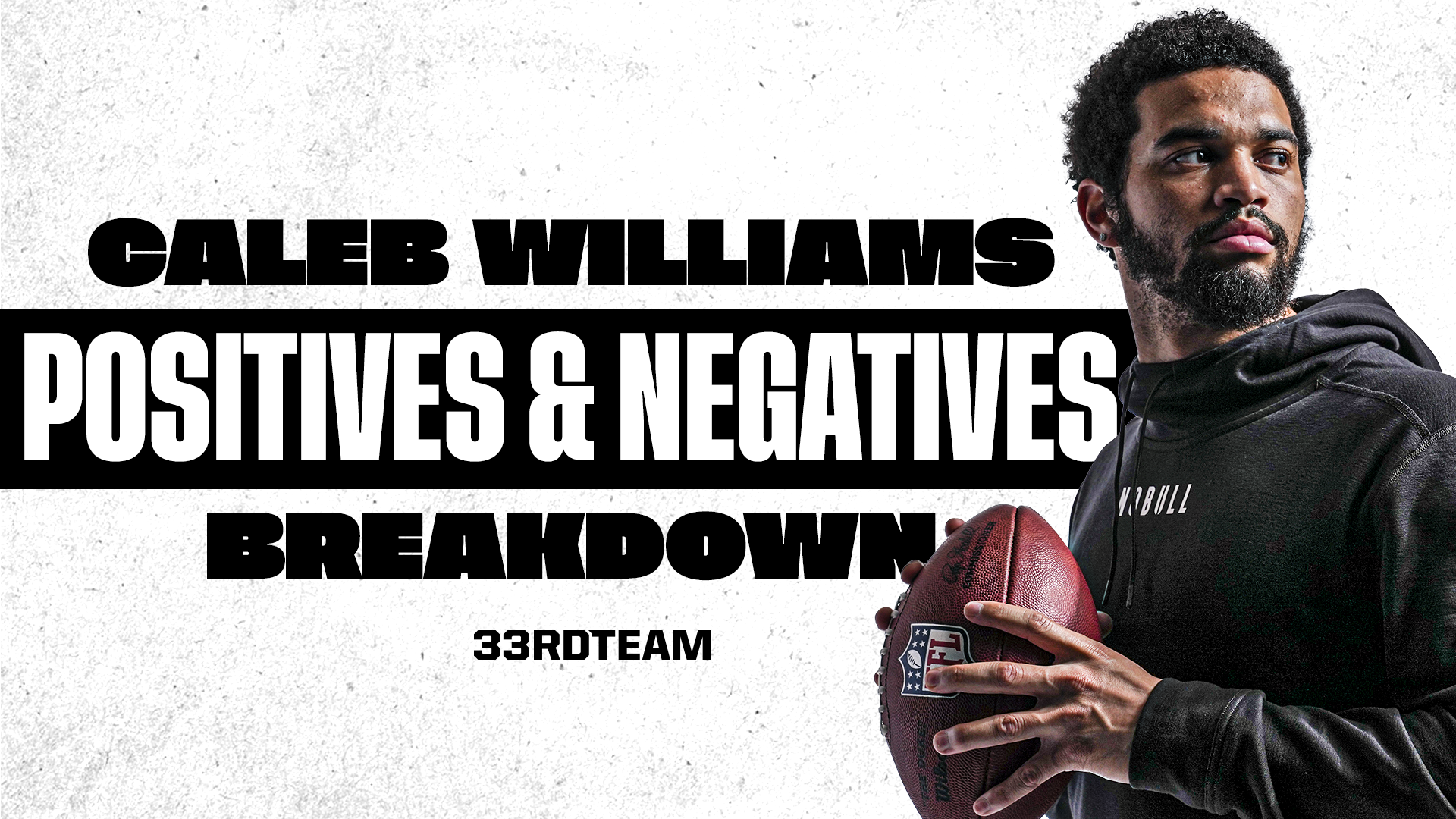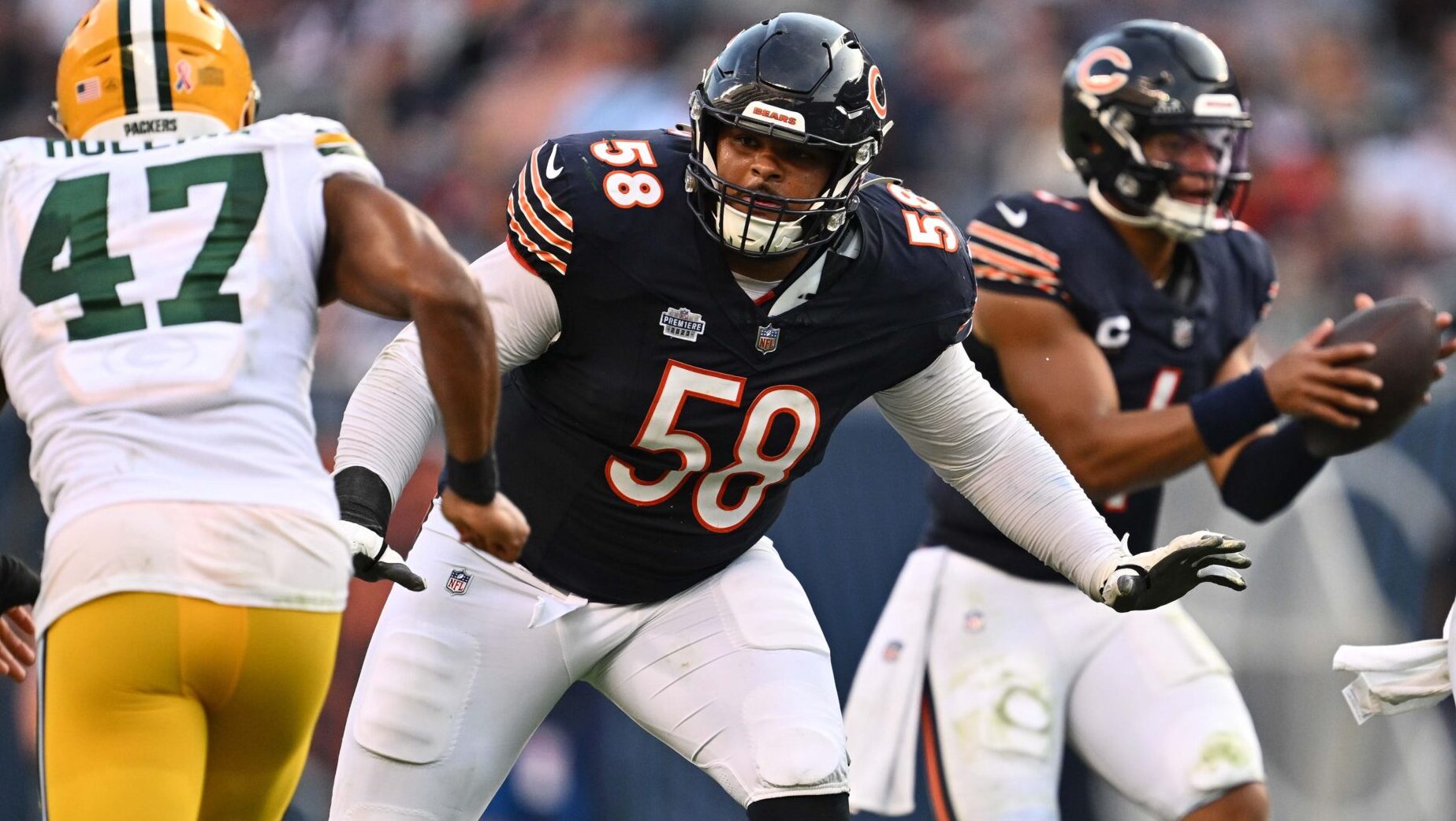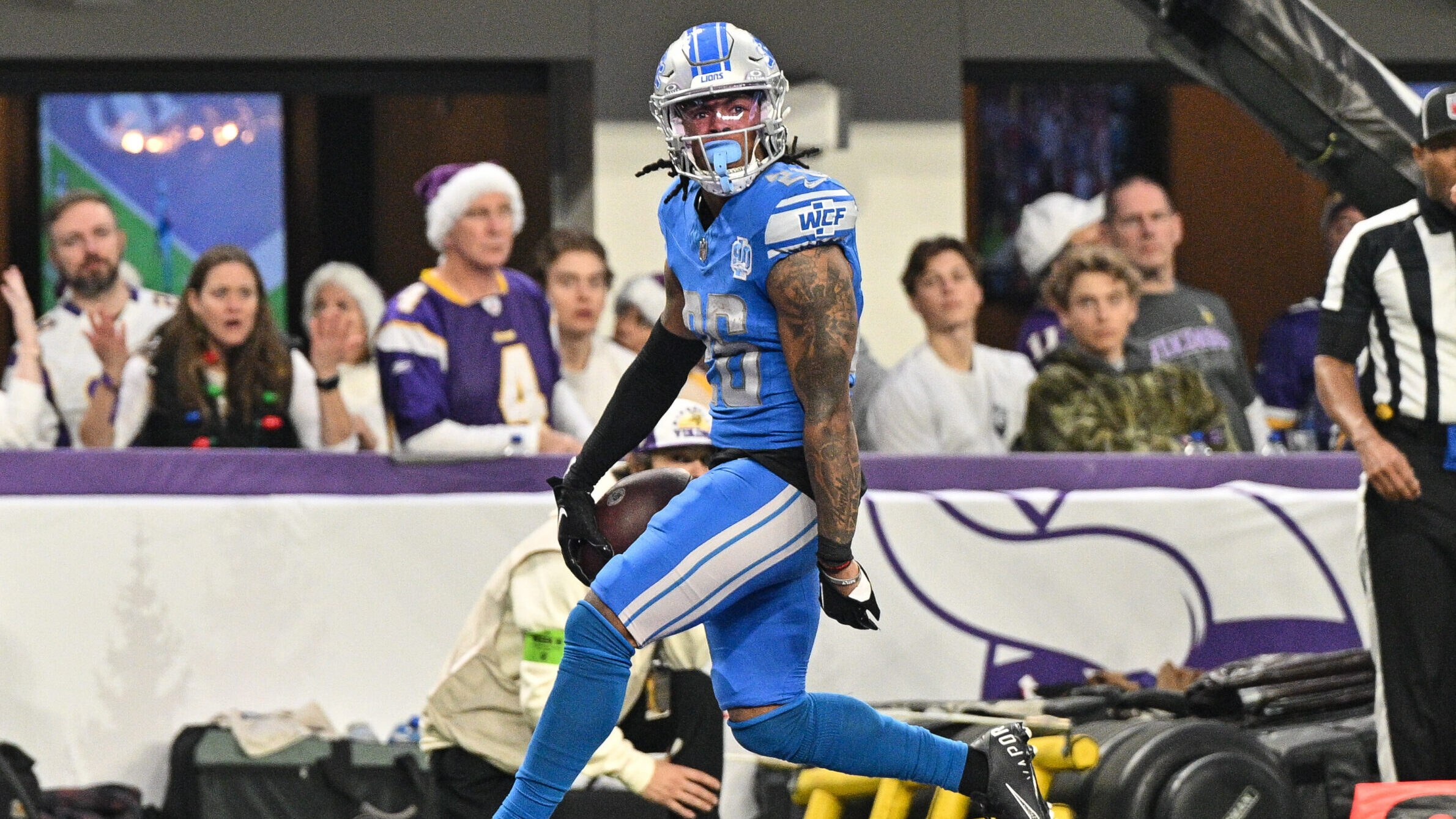Analysis
8/9/21
7 min read
Targets Retained: NFC West
The NFC West has been a division of change this offseason, as all four of its teams rank in the bottom half of the league in overall target retention. This division also projects to be one of the more competitive divisions, with every team putting their sights firmly on a division title and the playoffs. The Seahawks and Rams are both coming off playoff berths in 2020. Seattle dealt with Russell Wilson trade rumors all offseason before ultimately keeping him. Los Angeles traded Jared Goff and a pair of first-round picks for Matthew Stafford to try to reach the next level. Arizona will hope that a healthier Kyler Murray, bolstered by some new additions, can improve on last season’s poor finish that saw them lose five of their last seven, including four straight divisional losses, to destroy their playoff chances. San Francisco is a team that will hope for better health after a season of way too many injuries. Jimmy Garoppolo remains the presumed starting QB, but he’ll be looking over his shoulder after the selection of Trey Lance with the third overall pick. Whoever starts for the 49ers will have to deal with some key losses in the supporting cast, with less heralded acquisitions stepping in.
SEE ALSO:
Roster Moves through July 9th
Seattle Seahawks
- Overall Targets Returning: 73.2% (393/537) (20th)
- WR Targets Returning: 85.8% (283/330) (13th)
- TE Targets Returning: 28.7% (31/108) (30th)
- RB/FB Targets Returning: 79.8% (79/99) (16th)
The Seahawks return every targeted WR from 2020 except David Moore, who left in free agency. Second-round draft pick D’Wayne Eskridge is the biggest addition at the position. Either Eskridge or Freddie Swain will be the WR3, with the other being the WR4 behind DK Metcalf and Tyler Lockett. Metcalf and Lockett will get the majority of the targets after receiving 79% of the total WR targets in 2020. At TE, Greg Olsen’s retirement and Jacob Hollister’s exit in free agency leave a large hole that will be filled by free-agent acquisition Gerald Everett. Everett will be the clear TE1 and probably dominate the targets at the position, with Will Dissly as his backup after being the third-string last year. At RB, Carlos Hyde’s departure is the only major change in personnel. Chris Carson will once again start, with Rashaad Penny likely to be his primary backup when healthy. DeeJay Dallas and Travis Homer are also returnees and will provide depth at the position. Seattle’s offense should look very similar everywhere except the TE position, and the big names like Metcalf, Lockett and Carson will be the focal points.
Los Angeles Rams
- Overall Targets Returning: 68.7% (386/562) (22nd)
- WR Targets Returning: 77.8% (284/365) (19th)
- TE Targets Returning: 50.8% (64/126) (25th)
- RB/FB Targets Returning: 53.5% (38/71) (26th) *
The Rams only had four receivers get targets in 2020, and three of them are returning. Josh Reynolds is the only departure from that group, but he’s a significant one as a WR3 coming off 81 targets. The additions of Tutu Atwell in the second round and DeSean Jackson in free agency as well as the progression of 2020 second-rounder Van Jefferson will be key for the Rams’ depth behind Robert Woods and Cooper Kupp at the WR position. Jackson will be the deep threat of the offense, while Atwell can also threaten deep or even fill the “gadget” role in the offense. Both will have key roles, but Jefferson is probably in line for what will likely be a lesser WR3 role in 2021. Gerald Everett departed for Seattle at the TE position, so the former tandem of Everett and Tyler Higbee is now just Higbee. Higbee will be the clear TE1 of the offense with Johnny Mundt, Brycen Hopkins and Jacob Harris behind him on the depth chart. Hopkins and Harris were fourth-round picks in 2020 and 2021, respectively, and Mundt is better known as a blocker. The Rams tend to focus on two Tes, so it’ll be interesting to see if that continues and who would emerge as the TE2. At RB, Malcolm Brown was the leading target getter at the position but he has departed via free agency. Cam Akers was expected to be the clear RB1 before he was lost for the season with an injury (*his 14 targets lost aren’t included in the numbers above). All this leaves Darrell Henderson as the RB1 and the only RB with NFL experience, so moves might continue to be made at the position.
Arizona Cardinals
- Overall Targets Returning: 71% (387/545) (21st)
- WR Targets Returning: 79% (297/376) (17th)
- TE Targets Returning: 30.9% (21/68) (29th)
- RB/FB Targets Returning: 69% (69/100) (21st)
Arizona’s WR depth looks extremely good going into this season, even after the losses of Trent Sherfield and likely Larry Fitzgerald. Although he still hasn’t made an official decision on his future, retirement for the future Hall of Famer seems likely. A.J. Green was signed in free agency and will probably see a slightly larger role than the one Fitz had in 2020, especially considering he’s coming off 104 targets in 2020 for Cincinnati. Rondale Moore was drafted in the second round as well, so you’d have to imagine he’ll have a decently large role in the offense. Overall, the WR room seems quite crowded, which is why a Fitz reunion seems unlikely, and also could mean the overall WR target share may increase. As a result, the TE position might see a drop-off, especially since last year’s TE1, Dan Arnold, departed for Carolina. No TE was added, so Maxx Williams and Darrell Daniels will likely be the top two TEs, but they’re only coming off 21 targets between them. At RB, Kenyan Drake’s departure vacates 31 targets, with James Conner being brought in to replace him alongside Chase Edmonds. Edmonds will likely see more targets than Conner, like he did in 2020 with Drake, but Conner could easily see upwards of 30 targets himself. Overall, this is an offensive system that focuses on throwing to the WRs, having used 4-receiver sets the most in 2020, and they now have personnel that better matches that style.
San Francisco 49ers
- Overall Targets Returning: 65% (360/554) (26th)
- WR Targets Returning: 65.8% (185/281) (26th)
- TE Targets Returning: 66.4% (91/137) (22nd)
- RB/FB Targets Returning: 61.8% (84/136) (22nd)
At the WR position, San Francisco lost Kendrick Bourne, Trent Taylor and Dante Pettis. Bourne is the big loss, having been second on the team in targets last season. Taylor was a depth guy and had 21 targets; Pettis had just one target before being waived midseason. There aren’t any significant additions at WR for the 49ers, so the health of Deebo Samuel and Jalen Hurd will be key to replacing the departed targets. Samuel will be a top target getter when healthy for the team, and Hurd could play a big role if he’s finally able to stay healthy for the first time since they drafted him. At TE, Jordan Reed departed after having a bigger role in 2020 than would’ve been expected because of George Kittle’s injury. As long as he’s healthy, Kittle will dominate the targets at the position, but Ross Dwelley and new addition, MyCole Pruitt, are there to provide depth behind him. At RB, there has been some movement. Jerrick McKinnon departed as the top target getter at the position, with Tevin Coleman and Austin Walter also departing as depth. San Francisco signed Wayne Gallman and drafted Trey Sermon and Elijah Mitchell in the third and sixth rounds, respectively, creating a very crowded backfield. Ryan Mostert and Sermon will probably lead the way in carries, but neither are big receiving backs, so expect more of the targets to go to Jeff Wilson and Gallman. Also, don’t forget fullback Kyle Juszczyk, who will play a huge role in this offense. Overall, health will be key in this offense after an injury-riddled year last year that exposed some depth issues.
